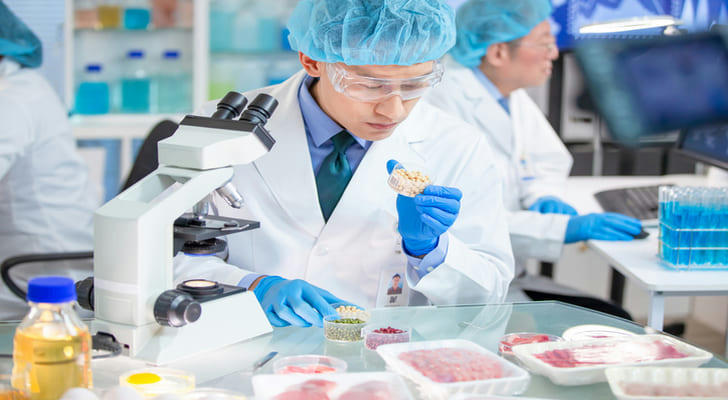Starting Your Career in Food Safety: A Guide to Food Safety Officer Certification
Food safety has never been more important. With growing concerns around foodborne illnesses, traceability, and regulatory compliance, professionals trained to uphold and monitor food safety standards are in high demand across the food supply chain. One of the most recognized paths into this essential field is becoming a certified Food Safety Officer. Whether you are new to the industry or looking to formalize your existing knowledge, understanding the certification process can unlock new opportunities and elevate your professional credibility.

The Growing Importance of Food Safety Professionals
The World Health Organization estimates that 600 million people—almost 1 in 10 globally—fall ill after consuming contaminated food each year, leading to approximately 420,000 deaths. These staggering statistics highlight the need for qualified individuals who can prevent such risks through strict food safety management.
The COVID-19 pandemic further emphasized vulnerabilities in global supply chains and reinforced the importance of food hygiene and traceability. As a result, many companies now require formal food safety certifications not only for quality assurance personnel but also across operations and logistics roles.
What Does a Food Safety Officer Do?
Food Safety Officers are responsible for developing, implementing, and auditing food safety systems within organizations. Their duties include:
- Conducting facility inspections
- Monitoring hygiene practices
- Ensuring compliance with food safety laws
- Identifying potential hazards and implementing corrective measures
- Leading training for staff on safety procedures
In many jurisdictions, FSOs also collaborate with health authorities during foodborne illness investigations or product recalls.
Key Certifications and What They Cover
There are several globally recognized certifications tailored for food safety professionals. These include:
- HACCP (Hazard Analysis and Critical Control Points): Focuses on identifying and managing biological, chemical, and physical hazards.
- ISO 22000: An international standard that outlines the requirements for a food safety management system.
- ServSafe (U.S.-based): Widely adopted in hospitality and food service industries, focusing on sanitation and safe food handling.
- FSSC 22000: Combines ISO 22000 with sector-specific prerequisites and is GFSI-recognized.
These certifications typically include training modules on:
- Microbiological food safety
- Personal and environmental hygiene
- Allergen management
- Record-keeping and documentation
- Crisis management, including recalls
Courses are often followed by an exam and, in some cases, a practical assessment or audit.

A Real-World Example: Certification in Action
Consider the case of GreenLeaf Organics, a mid-sized food processing company based in the UK. After a minor food safety breach involving undeclared allergens in a product, the company decided to overhaul its entire food safety protocol.
They mandated that all floor supervisors obtain HACCP certification within three months. As a result:
- Incident rate dropped by 42% within six months
- Customer complaints related to safety decreased significantly
- The company passed its next third-party audit with zero major findings
The certification initiative not only improved safety outcomes but also boosted employee confidence and accountability.
Career Progression and Industry Demand
The U.S. Bureau of Labor Statistics projects a 6% job growth for occupational health and safety specialists—including those in food safety—between 2022 and 2032. With increasing regulatory requirements in markets such as the EU, North America, and parts of Asia, certified professionals are now seen as essential assets across the food supply chain.
Certified FSOs often move into roles such as:
- Quality Assurance Manager
- Compliance Auditor
- Regulatory Affairs Specialist
- Food Safety Consultant
In multinational companies, certification can also serve as a stepping stone to global compliance or supply chain risk management roles.

How to Get Certified
To start, you’ll need to choose a certification that aligns with your role or career goals. Here’s a typical path:
- Select a Certification Program: Decide between HACCP, ISO 22000, or other options depending on your industry.
- Complete Required Training: These can be online or in-person, often ranging from 2 to 5 days in duration.
- Pass the Final Exam: Exams test your understanding of food safety principles, risk management, and regulatory knowledge.
- Maintain Certification: Many programs require continuing education or re-certification every 2–3 years to remain current.
In most cases, there are no strict prerequisites, making certification accessible even to those new to the field, although a background in food science or public health can be helpful.
Final Words
Becoming a certified Food Safety Officer is more than an educational milestone—it’s a commitment to public health, consumer trust, and professional integrity. As global food systems grow in complexity, the need for knowledgeable, certified professionals will only continue to rise. By investing in the right training and certification today, you can position yourself at the forefront of a critical and respected profession.
